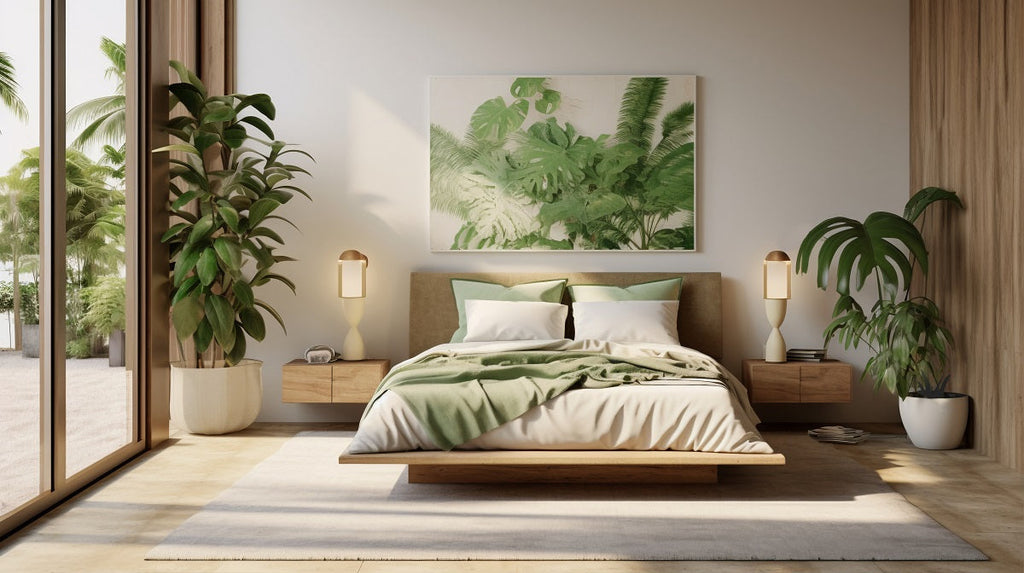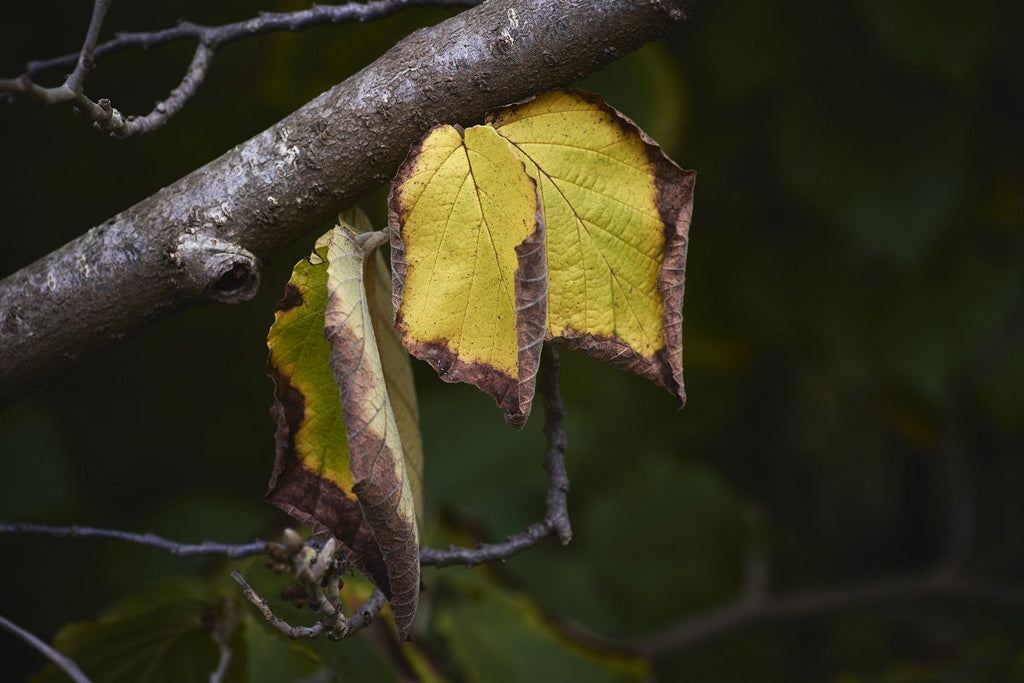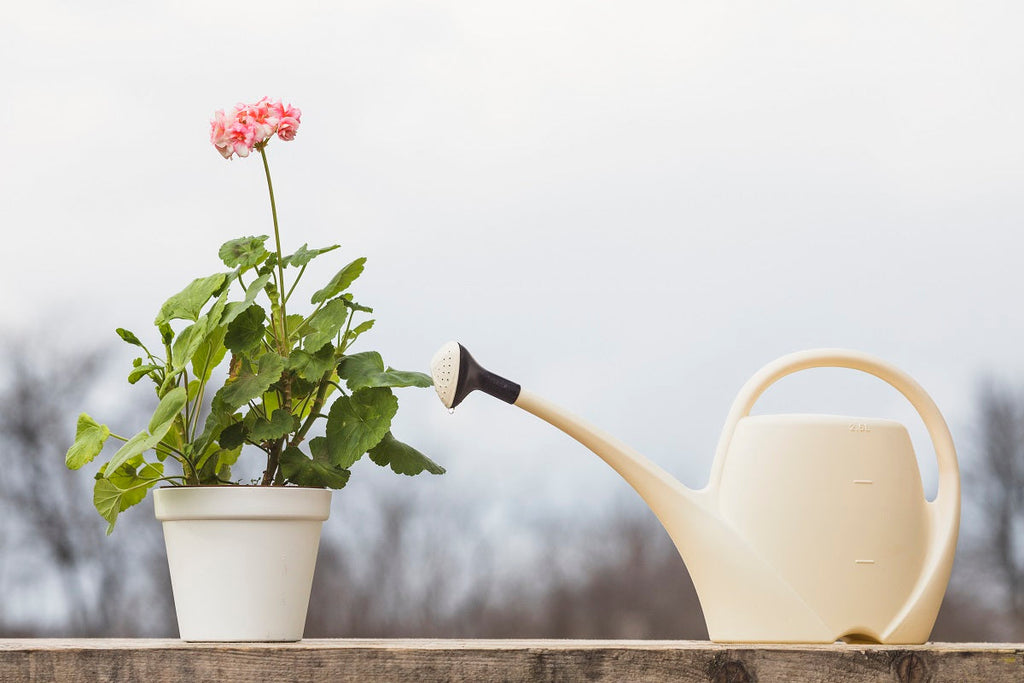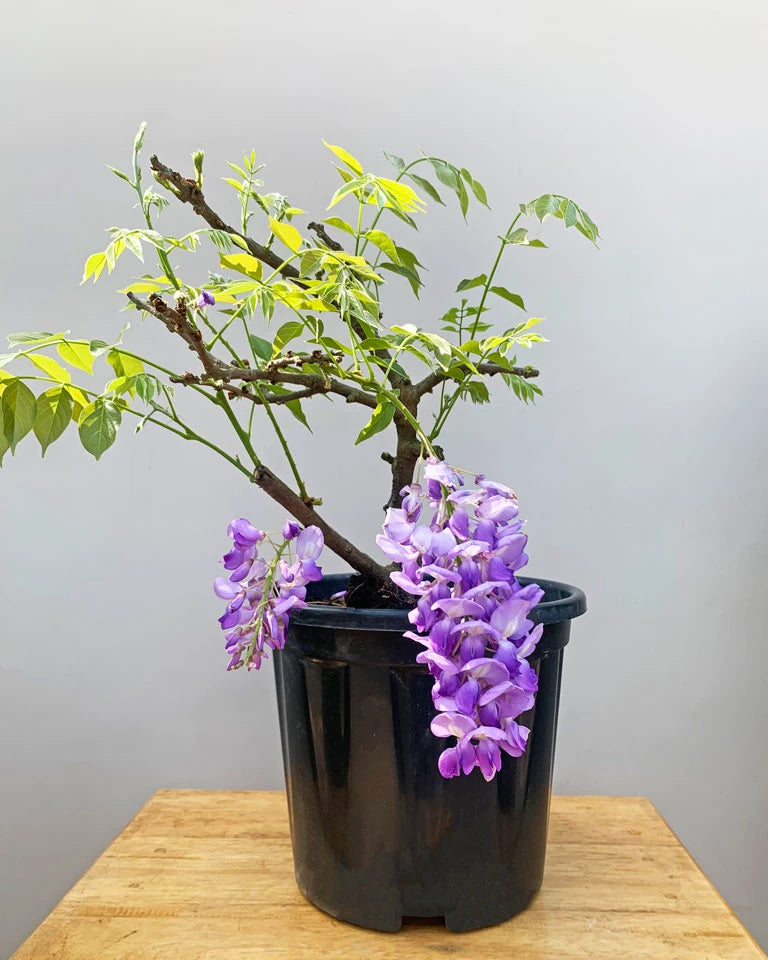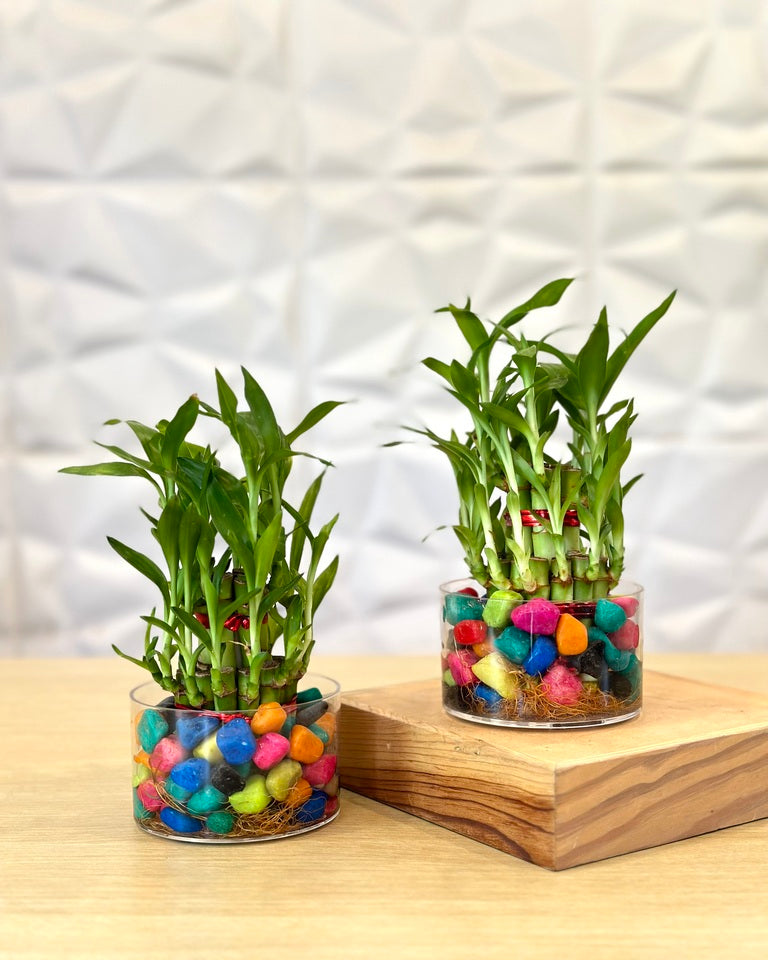
The Relaxing Effects of Air-Purifying Plants on Your Home and Mind

In today’s fast-paced world, creating a serene environment to de-stress and unwind is crucial for maintaining mental and physical well-being. While meditation and relaxation practices are proven ways to rejuvenate, integrating air-purifying plants into your space takes your experience to the next level. These green companions not only cleanse the air but also foster calmness, improve focus, and instill a sense of peace.
In this blog, we’ll explore the benefits of air-purifying plants for relaxation and meditation and discuss five exceptional plants that can transform your living space into a tranquil haven.

Why Air-Purifying Plants Enhance Relaxation
Air-purifying plants go beyond mere aesthetics. They improve indoor air quality by filtering toxins and releasing oxygen, directly impacting your mental and physical health. Here are some key benefits:-
Reduced Stress and Anxiety
The presence of greenery has been scientifically proven to lower cortisol levels, the hormone responsible for stress. By surrounding yourself with plants, you create an environment conducive to relaxation. - Improved Air Quality
Many indoor plants absorb harmful toxins like formaldehyde and benzene while increasing oxygen levels, producing fresher, cleaner air. This enhanced air quality supports better breathing and overall health.
- Enhanced Focus and Productivity
Plants improve concentration by reducing distractions and helping your mind center on positive thoughts.
- Aesthetic and Emotional Uplift
The natural beauty of plants creates a visually soothing atmosphere that elevates your mood and fosters a sense of well-being.
Enhance Your Meditation with These 5 Remarkable Plants
Creating a serene meditation space can significantly enhance your mindfulness journey, helping you connect with your inner self. A simple yet impactful addition to your meditation area is incorporating greenery. Certain plants not only elevate the aesthetic appeal but also foster tranquillity, focus, and positivity. Let's explore five unique plants ideal for your meditation corner:
1. Ficus Bonsai: A Living Art Form for MindfulnessWhy Choose Ficus Bonsai?
The Ficus Bonsai is a masterpiece of nature that embodies patience, care, and growth—qualities integral to meditation. Its intricate form and miniature tree-like structure make it a visual focal point, symbolizing balance and resilience. As you care for the bonsai, you naturally engage in a meditative practice, fostering mindfulness.
Unique Benefits for Meditation
- Mindful Presence: The act of pruning, watering, and shaping the bonsai promotes a calming effect, aligning well with meditative routines.
- Visual Harmony: Its delicate branches and lush foliage help reduce mental clutter and soothe the senses.
- Air Purification: The Ficus absorbs toxins, ensuring a cleaner breathing environment, crucial for deep meditation sessions.
Ideal Placement Tips
Position the Ficus Bonsai on a low wooden table or a corner shelf near a window with indirect sunlight. Its presence in your line of sight during meditation creates a grounding connection to nature.
What Makes Chamaedorea Palm Special?
Often referred to as the "Parlor Palm," this tropical beauty is perfect for cultivating a Zen-like atmosphere. Its graceful fronds sway gently, introducing movement and life into still meditation spaces. As one of the most popular indoor plants, it thrives in low light and requires minimal care, making it an ideal choice for homes and offices. With its air-purifying qualities and elegant appearance, the Chamaedorea Palm stands out as a versatile addition to any indoor plant collection.
How It Enhances Meditation
- Noise Absorption: The dense foliage helps dampen background noise, creating a quieter environment for focused meditation.
- Calming Vibes: Its lush green fronds mimic the serenity of tropical landscapes, making you feel at ease.
- Stress Reduction: Studies suggest that greenery like the Chamaedorea Palm can reduce cortisol levels, making it an excellent companion for meditation.
Styling and Placement
Place the Chamaedorea Palm in a decorative clay pot at the edge of your meditation mat or beside a cosy chair where you practice mindfulness. Ensure it receives filtered sunlight and rotate the pot weekly for even growth.
3. Nolina Palm: The Desert Beauty
Why Nolina Palm Stands Out
Also known as the "Ponytail Palm," this quirky plant with its bulbous trunk and cascading leaves adds character to any meditation room. Its low-maintenance nature makes it a hassle-free addition, allowing you to focus entirely on your practice.
Benefits in a Meditation Setting
- Symbol of Resilience: Native to arid regions, the Nolina Palm represents adaptability and inner strength, aligning with the transformative aspects of meditation.
- Mood Booster: Its unique form brings a playful yet calming energy to your sacred space.
- Air Quality: The plant works as a natural humidifier, adding moisture to the air and creating a soothing atmosphere.
Best Placement Advice
The Nolina Palm thrives near a sunny window or under artificial grow lights. Position it on a plant stand or in a raised pot to let its cascading leaves steal the show. Adding a white pebble layer at the base enhances its desert charm.
Why It's a Meditation Essential
Known as the "Mother-in-Law’s Tongue," the Snake Plant is revered for its structural elegance and unmatched air-purifying qualities. Its upright growth and minimalist look bring balance and order to meditation spaces.
Role in Meditation
- Enhanced Breathing: The Snake Plant is among the few plants that release oxygen even at night, making it ideal for meditation during any time of the day.
- Focus Booster: Its sharp, vertical leaves symbolize clarity and direction, inspiring a clear mind during practice.
- Low Maintenance: Its ability to thrive in low-light conditions ensures zero distractions from dead leaves or struggling growth.
Creative Placement Ideas
Set a Snake Plant on the floor next to your meditation cushion or use it to frame your meditation altar. It pairs well with minimalist décor and looks stunning in metallic or ceramic planters.
A Plant Steeped in Symbolism
Lucky Bamboo is a staple in Feng Shui practices and is considered a symbol of luck, prosperity, and harmony. As one of the most versatile indoor plants, it adds both aesthetic and spiritual value to any space. Its elegant stalks create a natural divider for meditation areas, fostering a cocoon of peace. Incorporating Lucky Bamboo into your indoor plant collection not only enhances the décor but also promotes a sense of balance and positive energy.
How It Uplifts Meditation
- Positive Energy: The upright growth of Lucky Bamboo symbolizes spiritual ascent and balance.
- Stress Relief: Its subtle beauty encourages a sense of calm and contentment, perfect for mindfulness exercises.
- Versatile Growth: Lucky Bamboo grows in both water and soil, making it adaptable to various aesthetics.
Placement & Styling Recommendations
Arrange Lucky Bamboo stalks in a shallow ceramic bowl with polished stones and water, or in a tall glass vase on a low table. Ensure it is not placed in direct sunlight; instead, opt for soft ambient lighting to enhance its soothing aura.
Conclusion
Incorporating plants like Ficus Bonsai, Chamaedorea Palm, Nolina Palm, Snake Plant, and Lucky Bamboo into your meditation space is more than an aesthetic choice; it’s an investment in your well-being. Each plant brings unique qualities that complement meditation practices, from improving air quality to fostering tranquillity and focus.
With these green companions by your side, you can transform your meditation area into a haven of peace and positivity. So why wait? Pick the perfect plant that resonates with your energy and start your journey to mindfulness today!
FAQ
- How do I choose the right plant for my meditation space?
Choose a plant based on your available lighting, maintenance preferences, and the aesthetic you want to achieve. For example, if you have a sunny spot, opt for a Nolina Palm. For low light, the Snake Plant is a great choice. - Do these plants require a lot of maintenance?
Not at all! Most of the plants mentioned, such as the Snake Plant and Lucky Bamboo, are low-maintenance and forgiving, making them perfect even for beginners. - Can plants actually improve meditation?
Yes, plants can significantly enhance your meditation experience by improving air quality, reducing stress, and creating a calming visual environment that helps you focus better. - How do I keep my plants alive in a low-light meditation room?
Choose plants like the Snake Plant or Chamaedorea Palm that thrive in low light. You can also use grow lights to supplement natural light for plants like the Ficus Bonsai or Lucky Bamboo.









